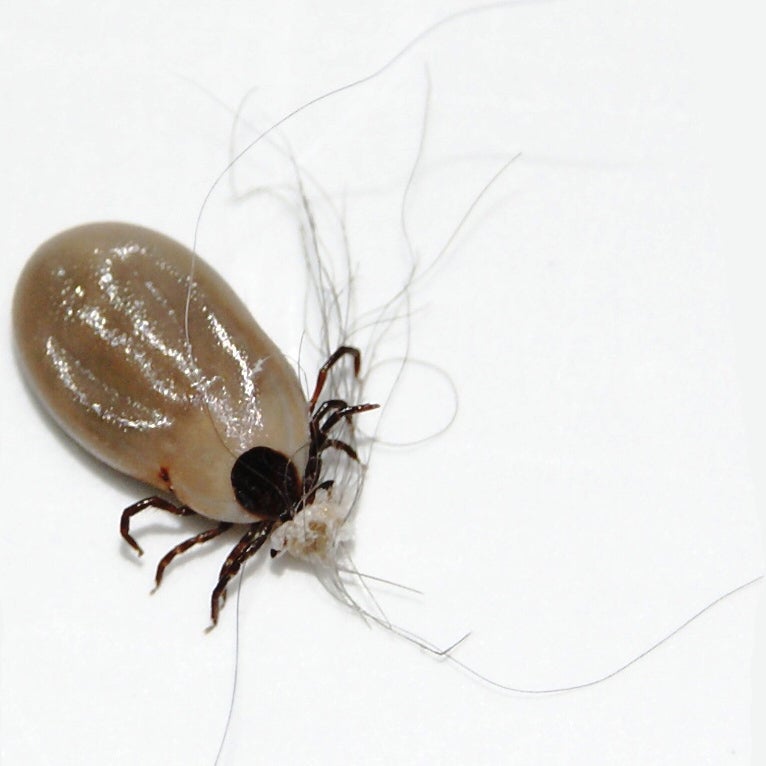I had a reader named Matt write from Connecticut with a question about tick safety for dogs.
I’m the proud owner of a seven-month-old yellow Lab. We give her NexGard for fleas and ticks, but after a recent hike, I found a few ticks on her coat. Do you use any kind of spray repellant that you can recommend?
First, ticks are definitely something you should worry about. Connecticut is the epicenter of . Not only can dogs contract the disease but they could bring ticks inside your home, potentially spreading it to humans, too. However, by being proactive, it’s actually pretty straightforward to keep both your pet and family safe.
and other oral flea and tick medications are pretty effective at keeping the pests from remaining attached to your dog. That said,��fleas and ticks are capable of adapting to the widespread use of these treatments and can develop the ability to resist them over time. Consult your vet and other dog owners in your local area for information on which oral treatments are working best right now. Stay up to date on this information season by season.
Probably the only good thing about Lyme is that the disease is to transmit between the tick and its host. Oral treatments might not get them off that fast, but you can. The best defense against ticks on both humans and dogs will always remain regular searches and immediate disposal.
Doing that every time you get home from hikes, or several times during long outdoor activities, is a good habit to get into in a tick hot zone like Connecticut. To make it easy, I’d set up a tick station in your garage.��You’ll need equipment to search for, remove, and safely get rid of the bugs. I suggest (different types of dog fur may require different tools), or tweezers, and a jar of rubbing alcohol with a secure lid.
After every hike, comb the dog to find ticks, safely remove them, then dispose of them in the alcohol. The tool makes sure you get the tick’s mandibles out of the dog’s skin, and the jar of alcohol gives you a safe place to dispose of the bugs when you find them. Never crush ticks between your fingers; the blood that squirts out could infect you with the diseases they carry.
There are also steps you can take to minimize the number of ticks in your dog’s environment. There will likely be yard-treatment services available in your area, you can scatter across your yard, use , and create a barrier of mulch or gravel surrounding your property, which may prevent ticks from invading it.��(I’ve written more about those methods here.)��
So my answer to your question? The most effective thing you’re going to be able to spray on your dog is . That can remain on your dog’s fur for up to six weeks and is proven to be effective. Unlike DEET, which may be harmful to dogs, ��(but not cats). If I lived somewhere with Lyme disease, that’s what I’d use.
Have a question for Wes? Ask it on ,��,��, or email.��


